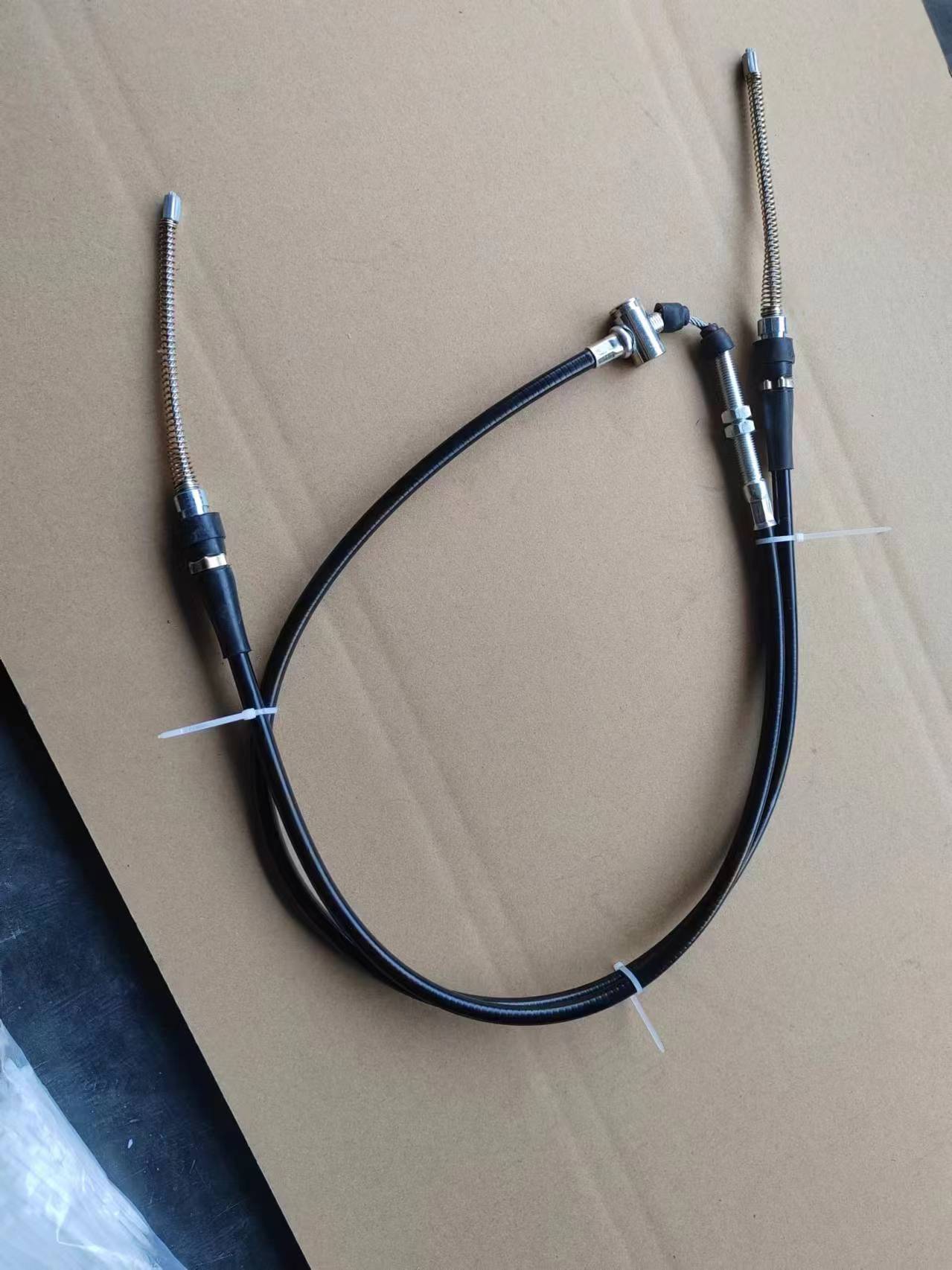Understanding the Relationship Between Gas Pedal and Throttle Cable Mechanics
Understanding the Gas Pedal and Throttle Cable Key Components of Vehicle Performance
The gas pedal, also known as the accelerator pedal, is one of the most crucial components in any vehicle's design. It provides the driver with control over the engine's power output, allowing for acceleration and deceleration. The gas pedal is intricately linked to the throttle cable, a component that has evolved over the years from a simple mechanical linkage to complex electronic systems in modern vehicles. This article delves into the importance of the gas pedal and throttle cable, their functions, and the technological advancements that have transformed their operation.
The Function of the Gas Pedal
At its core, the gas pedal functions by controlling the amount of air and fuel mixture that enters the engine. When the driver presses down on the gas pedal, it opens the throttle, allowing more air and fuel to flow into the engine's combustion chamber. This increase in the air-fuel mixture leads to a corresponding increase in engine power, propelling the vehicle forward. Conversely, when the driver releases the gas pedal, the throttle closes, reducing the flow of air and fuel, which results in deceleration.
The gas pedal is typically designed with ergonomics in mind, ensuring that it can be operated easily and intuitively. Most modern vehicles have pedals that respond with minimal effort, allowing for smooth acceleration. The placement and sensitivity of the gas pedal can significantly influence the driving experience, affecting everything from city driving to high-speed performance on the highway.
The Role of the Throttle Cable
The throttle cable connects the gas pedal to the throttle body in the engine. In traditional vehicles, pressing the gas pedal pulls on the throttle cable, which mechanically opens or closes the throttle plate in the engine. This simple yet effective design has been the backbone of vehicle acceleration for decades. However, the mechanical approach has its limitations, particularly in terms of response time and precision.
gas pedal and throttle cable

As automotive technology progressed, manufacturers began to explore electronic throttle control systems, commonly known as drive-by-wire systems. In these setups, the gas pedal is equipped with sensors that detect the position of the pedal. This information is transmitted to the engine control unit (ECU), which then adjusts the throttle plate electronically. This shift away from mechanical cables to electronic systems has improved not only the responsiveness of acceleration but also the overall efficiency of the vehicle.
Benefits of Electronic Throttle Control
Modern electronic throttle control systems offer several advantages over traditional throttle cables. For one, they can provide a more precise control of the air-fuel mixture, allowing for better fuel efficiency and lower emissions. The ECU can make real-time adjustments based on driving conditions, ensuring optimal performance.
Additionally, electronic systems can incorporate safety features that were not possible with mechanical cables. For example, if a malfunction is detected, the ECU can limit throttle response, preventing potential accidents caused by unintended acceleration. Electronic throttle controls also enable features such as cruise control and traction control, enhancing both comfort and safety for the driver.
Moreover, the integration of the gas pedal and throttle cable into the vehicle's electronic systems allows for advanced driver-assistance systems (ADAS), which can improve vehicle handling and stability. These systems rely on detailed data from various sensors throughout the vehicle, and the precise control afforded by electronic throttle systems is integral to their functioning.
Conclusion
In summary, the gas pedal and throttle cable are fundamental components that directly influence vehicle performance. While traditional mechanical systems have served drivers well for many years, the advent of electronic throttle control has ushered in a new era of precision, efficiency, and safety. As technology continues to evolve, we can expect further advancements in how these components operate, eventually leading to even greater improvements in driving experience and vehicle performance. Understanding the intricacies of the gas pedal and throttle cable not only enhances our appreciation of vehicle mechanics but also equips us with knowledge essential for the future of automotive technology.
-
Workings of Clutch Pipe and Hose SystemsNewsJun.04,2025
-
The Inner Workings of Hand Brake Cable SystemsNewsJun.04,2025
-
The Secrets of Throttle and Accelerator CablesNewsJun.04,2025
-
The Hidden Lifeline of Your Transmission Gear Shift CablesNewsJun.04,2025
-
Demystifying Gear Cables and Shift LinkagesNewsJun.04,2025
-
Decoding Clutch Line Systems A Comprehensive GuideNewsJun.04,2025
